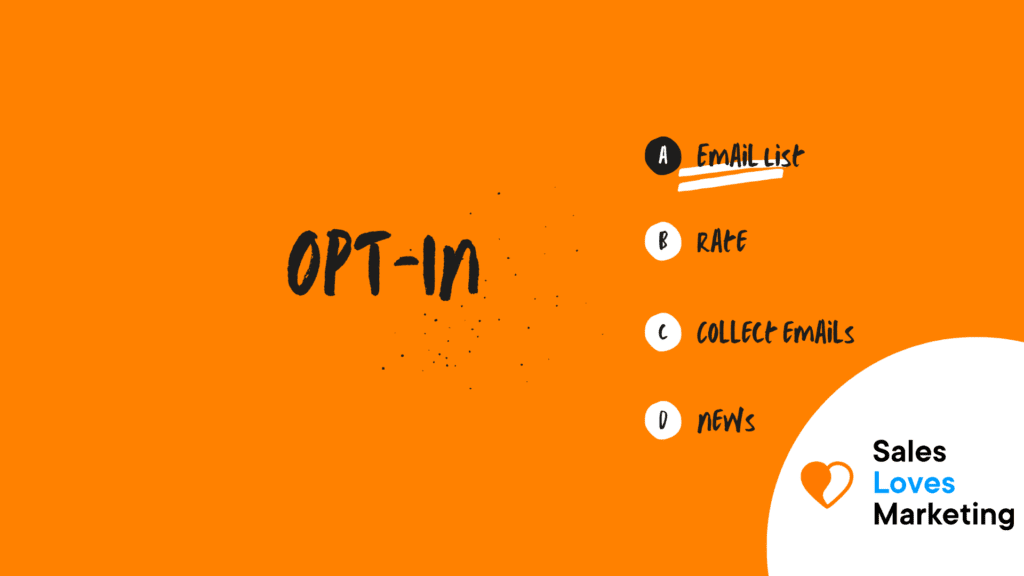What is Opt-In?
An opt-in is a form of consent given by web users, acknowledging interest in a product or service and authorizing a third party to contact them with further information. “Opting in” generally refers to email communication and is often used in eCommerce for permission to send newsletters, product sales, and other marketing material to customers.
Why is Opt-In important in marketing?
Opt-in forms can be presented to customers and visitors in various ways: pop-up forms on the homepage or product pages, dedicated landing pages, and built-in widgets across an eCommerce website.
In the current internet Era, opt-ins are required by law because giving users the option to opt-in and out of email communication is more than just good manners. With nearly 100 billion spam emails sent every day, unsolicited email has become a popular tool for fraudulent activity.
The CAN-SPAM Act of 2003 sets requirements for commercial email and enforcement by the FTC. Businesses must genuinely represent their identity and intentions, with all deception in the subject lines or originating email addresses explicitly forbidden. Most importantly, they must provide a way for recipients to opt-out of receiving emails at all times.
In other words, Opt-in marketing is a form of permission marketing in which there is a formal opt-in process for receiving follow-up communication, offers, etc.
In this format, marketers ensure the recipient is fully aware that they will get additional information at a later date, thus removing an unwanted element of surprise or anger when the information arrives.
As worldwide privacy and data regulations gain more and more traction, having an audience that’s opted in is almost table stakes in modern society. And while consent has always been a tenet of email marketing, its broadening definition makes even email marketers reconsider their launch of new series, newsletters, etc.
And that’s not only because marketers want clear consent on what they’re sending to their subscribers—it’s also because it leads to better engagement and more money.
Sending a newsletter to everyone on the list—because it’s normal to think everyone would be interested in it—could result in recipients unsubscribing from both newsletters. Instead, this is a good opportunity to market the launch of a newsletter, creating hype around it and inviting the audience to opt into this new medium.
Differences between Opt-in and Double opt-in?
It can be said that there are fundamental differences between the two concepts, but these can be explained:
A single opt-in is a one-step process and only requires a person to enter their email address once in the signup box on a website.
No confirmation is required, and they immediately become a subscriber.
A double opt-in involves a two-step process where a person first enters their email in the signup box.
But after that, they receive a confirmation email where they must click to confirm that they want to subscribe before being added to the list.
The key difference is that a single opt-in doesn’t require confirmation, and a double opt-in does require confirmation.
